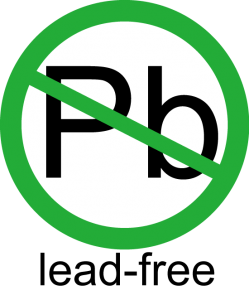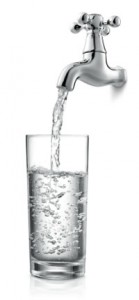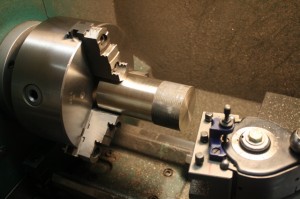New Lead Requirements Said to be a “Game Changer” for Bronze and Brass Products
In 2011 the “Reduction of Lead in Drinking Water Act” was signed into law. This new regulation redefines the percent of lead allowed in products that are used to convey or dispense drinking water. While the term “lead free” still doesn’t truly mean “lead free”, the new requirements are far stricter than the current definition. Under the current regulation such products may contain up to 8% lead, that number is lowered to 0.25% after January 4, 2014. This new standard will affect much of the bronze and brass products used in drinking water applications.
The Role of Lead
It’s widely known that lead promotes machinability in copper alloys. Lead acts as an internal lubricant and assists in chip break up, while at the same time not affecting the structure and properties of the copper. This is due to the fact that lead is practically insoluble in solid copper. The copper solidifies first leaving the lead to distribute throughout the copper alloy in the form of small pools, filling voids and improving machinability. Because of its role as an internal lubricant it reduces friction, and thus heat when machining. Lead allows these alloys to be machined at much higher speeds which result in shorter cycle times. In bearing materials lead acts as a solid lubricant and enhances bearing properties. As a result of these benefits many of the bronze and brass components in drinking water applications are of leaded copper alloys.
Under the new mandate these alloys will be illegal to be used. Manufacturers and suppliers now have to switch to alternative lead free copper alloys, many times losing the benefits associated with the leaded alloys. One of the most widely used bronze alloy C93200 will no longer be allowed in those applications. In order to offer our customers a solution to this dilemma we are now offering alloy C89835 Bismuth Tin Bronze.
C89835 Bismuth Tin Bronze is a lead free C932 replacement. This is accomplished by replacing lead with Bismuth. This is possible because Bismuth, when added to a copper alloy acts identical to Lead as far as dispersing throughout the alloy and forming small pools. As a result of this similarity, C89835 Lead Free Bronze has very similar advantages in machinability and internal lubrication that are associated with C93200 Bearing Bronze. This alternative allows you to remain compliant under the new regulation while not sacrificing ease of machinability or cycle time.
Click on the link below to learn more about the C932 Lead Free Replacement






